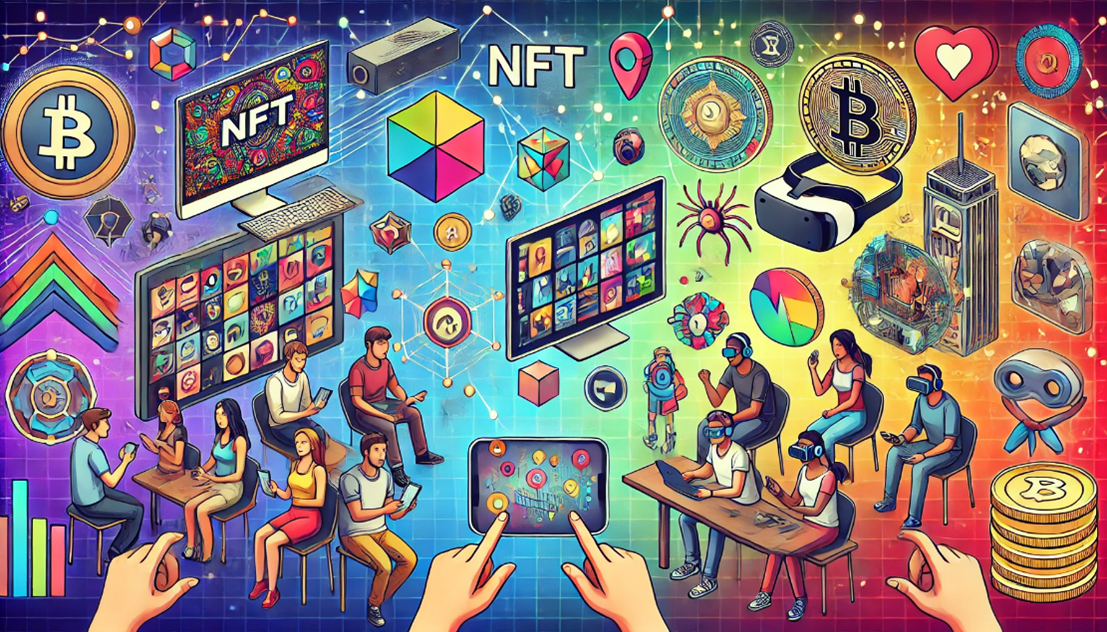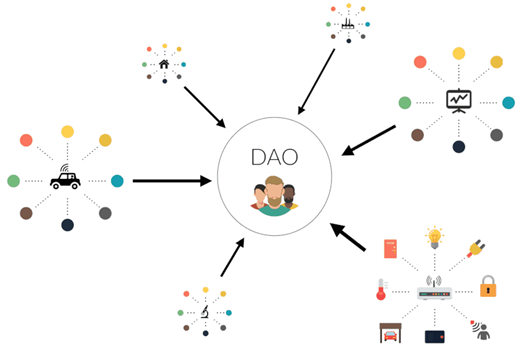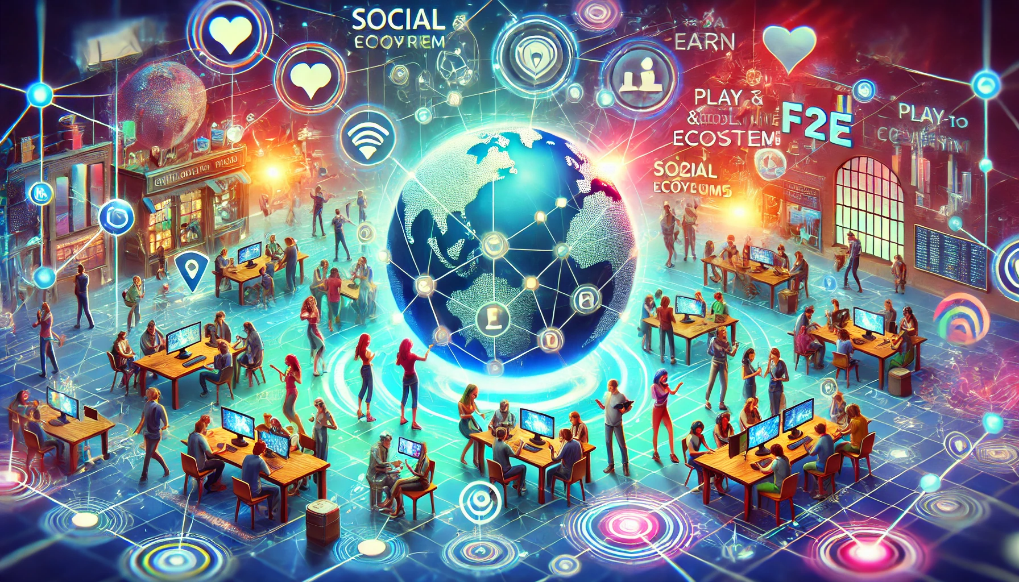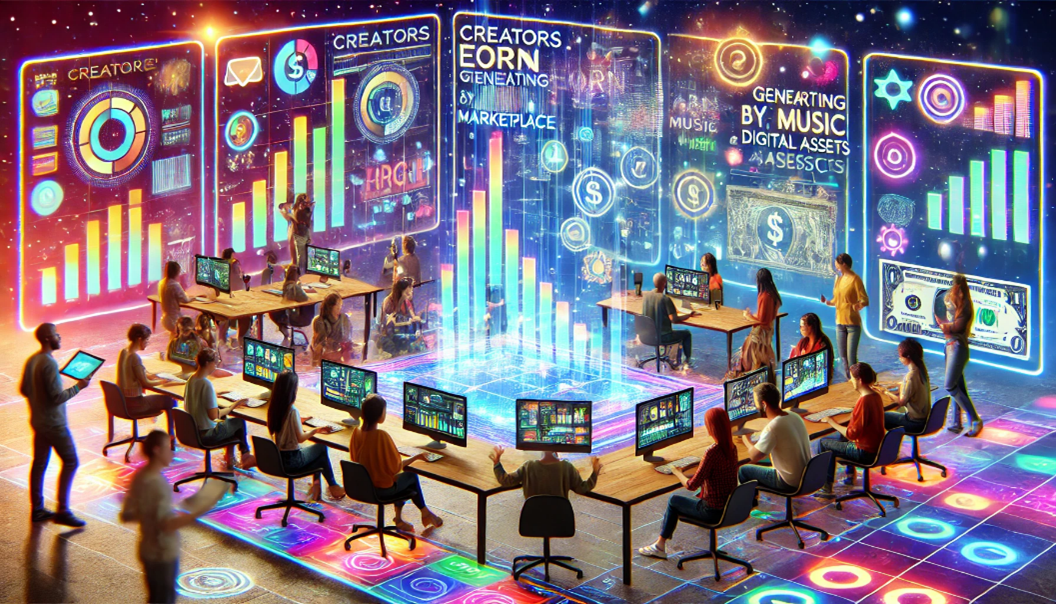How local culture and traditions are reflected in gaming

How local culture and traditions are reflected in gaming
by Maximilian 02:27pm Jan 17, 2025
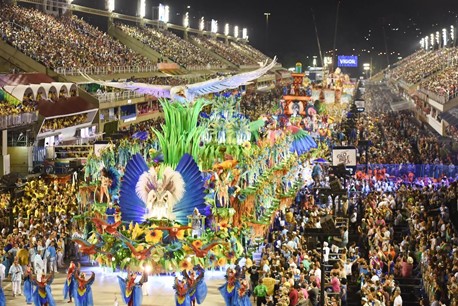
Local culture and traditions play a significant role in shaping the gaming landscape, especially in the context of Southeast Asia where diverse cultures and histories influence game design, narratives, art styles, and player behavior. Many games incorporate elements of regional folklore, customs, mythology, art, and language to create immersive experiences that resonate with local audiences. Here’s how local culture and traditions are reflected in gaming:
1. Mythology and Folklore
Southeast Asia is home to a rich tapestry of mythological tales and folklore that are often incorporated into video games, particularly in terms of character design, world-building, and narrative.
Example:
"Dota 2" (Valve): This globally popular game features heroes inspired by Southeast Asian mythology. For example, the hero Tinker is based on the Indonesian myth of a clever inventor, while the character Witch Doctor draws upon traditional shamanistic figures in Southeast Asian cultures.
"Ragnarok Online" (South Korea): Though not specifically from Southeast Asia, its adoption in countries like the Philippines is significant. The game draws on global mythologies, with Southeast Asian players finding parallels to their own local myths in the game’s content and design.
Impact: Players recognize and connect with characters or symbols they already know from their culture, making the game more relatable and immersive.
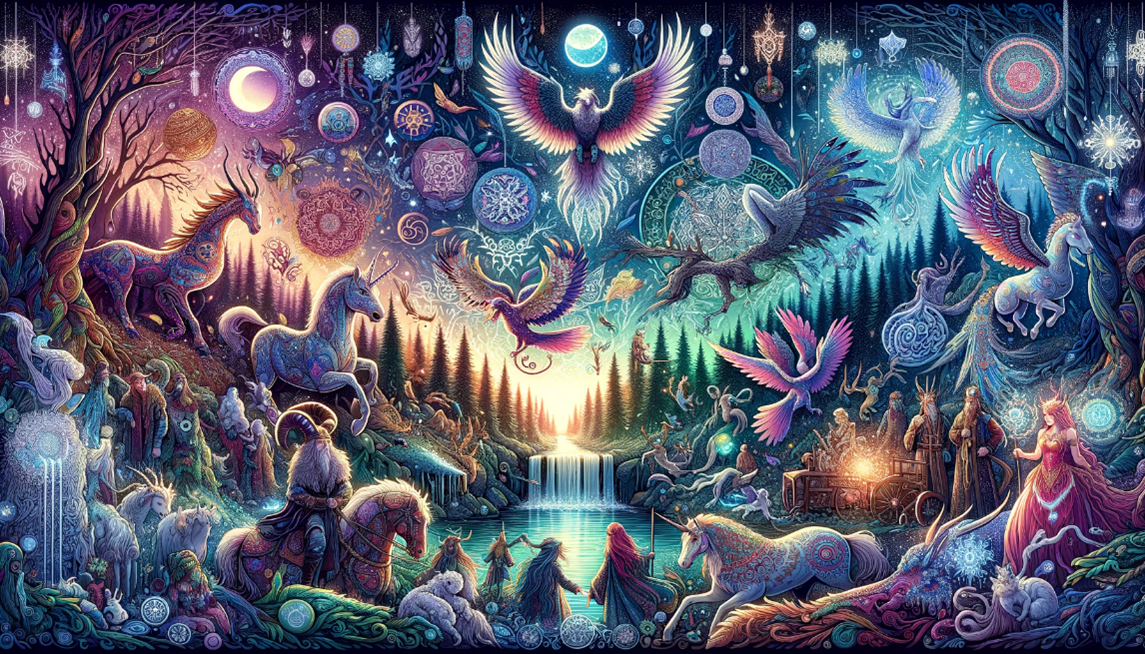
2. Art Styles and Aesthetic Influences
The visual design of games often reflects local art, architecture, and natural landscapes. For instance, the traditional patterns, clothing, and architecture seen in Southeast Asia have influenced game aesthetics.
Example:
"Tale of the Firebird": This indie game blends Southeast Asian visual aesthetics with fantasy and action elements. Traditional Indonesian batik and Thai temple architecture are reflected in the design of the game world.
"Sifu" (Sloclap): While not Southeast Asian, this action-packed game heavily draws from Chinese martial arts traditions and aesthetics, and martial arts play an important part in Southeast Asian cultures too. Capoeira and Silat, traditional martial arts from countries like Brazil and Malaysia/Indonesia, are often represented in games.
Impact: The game's world and characters feel authentic to players who share a similar cultural background, fostering a sense of pride and attachment to the game's setting.
3. Language and Localization
Language is an essential way games reflect local culture. Many game developers localize their games into various languages, including regional dialects, to connect more deeply with Southeast Asian players.
Example:
"Mobile Legends: Bang Bang" (Moonton): This mobile game is massively popular in Southeast Asia and features multiple localized versions, including translations into local languages like Tagalog (Philippines), Bahasa Indonesia, and Vietnamese. The game’s chat system also incorporates slang and expressions specific to each region, enhancing communication and connection between players.
"League of Legends": Riot Games has taken extensive measures to adapt the game’s voice lines, titles, and user interface to regional languages and idiomatic expressions.
Impact: Language localization makes games more accessible to a broader audience, fostering a sense of inclusion and cultural recognition for non-English-speaking players.

4. Social and Community Gameplay
Southeast Asia has a strong sense of community and collectivism, which translates into the way gaming is experienced. Many games reflect local cultural practices of cooperation, competition, and group dynamics.
Example:
"Axie Infinity" (Sky Mavis): This blockchain-based game, which gained massive popularity in the Philippines, involves community cooperation through scholarship programs, where wealthy players lend their Axies to others in exchange for a percentage of the earnings. This reflects the strong collectivist ethos found in Southeast Asian cultures.
"PUBG Mobile": This battle royale game features large team-based modes where players work together to secure victory. Southeast Asian players are known for creating strong online communities and guilds to support one another.
Impact: Games like these reflect the importance of group dynamics and helping others, which is central to Southeast Asian social structures.
5. Traditional Sports and Games
Southeast Asia has a long history of traditional games and sports that have made their way into digital gaming, either as inspiration for mechanics or directly adapted into games.
Example:
"Sepak Takraw": This traditional Southeast Asian sport, which combines elements of soccer and volleyball, has influenced mobile and digital sports games like Sepak Takraw VR, a virtual reality game that simulates this local game.
"King of Fighters" and other Fighting Games: Games based on martial arts reflect the rich variety of Southeast Asian fighting styles. Muay Thai (Thailand), Silat (Malaysia/Indonesia), and Arnis (Philippines) have been featured in numerous fighting games, including Tekken and Mortal Kombat.
Impact: These traditional games are modernized and made accessible to younger generations through video games, allowing cultural practices to thrive in digital spaces.
6. Festivals, Holidays, and Celebrations
Many games feature in-game events or content that align with real-world festivals or holidays, allowing players to celebrate their cultural traditions through gaming.
Example:
"Arena of Valor": Tencent often introduces special in-game events that coincide with Southeast Asian holidays such as Lunar New Year and Diwali, incorporating themed skins, challenges, and rewards that resonate with local players.
"Free Fire" (Garena): Similar to Arena of Valor, Free Fire celebrates local holidays and festivals through special events, outfits, and skins inspired by traditional Southeast Asian themes.
Impact: These events foster community spirit and enable players to engage in the shared celebration of cultural events through the medium of gaming.

Conclusion
The intersection of local culture and traditions with gaming in Southeast Asia is significant and multifaceted. Whether through the integration of mythology, localized languages, traditional art and architecture, or the representation of regional festivals and folklore, games have become a powerful medium for reflecting and preserving cultural identity. This not only enhances player immersion but also strengthens cultural pride and global understanding by allowing Southeast Asian players to connect with their heritage in a modern, interactive context.
As Southeast Asia continues to grow as a major hub for the gaming industry, it’s likely that these cultural influences will only increase, further enriching the gaming landscape and the experiences of players.



